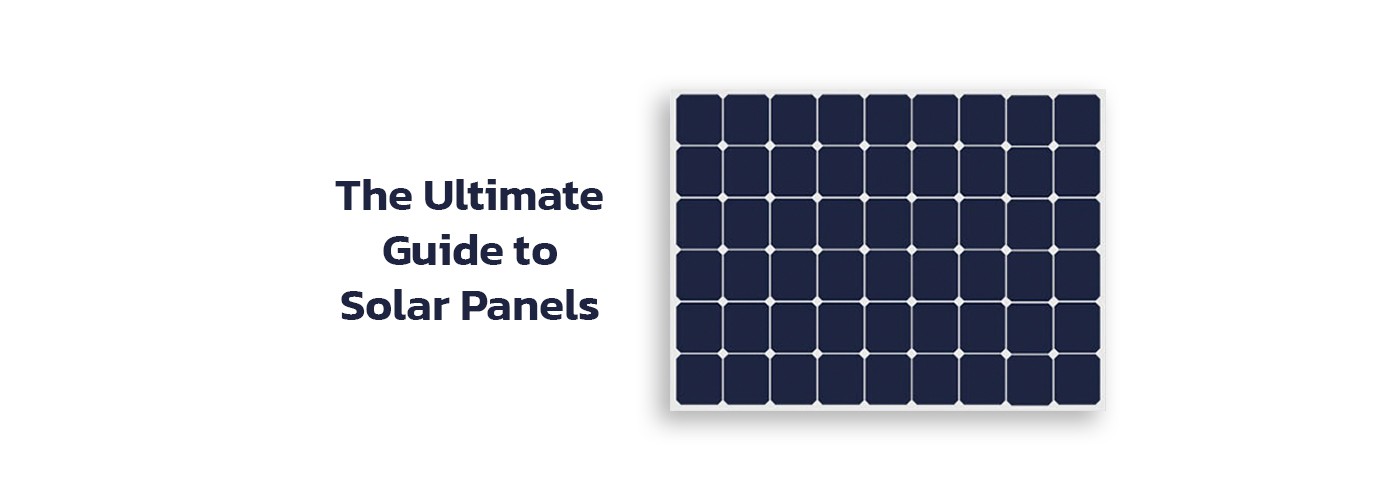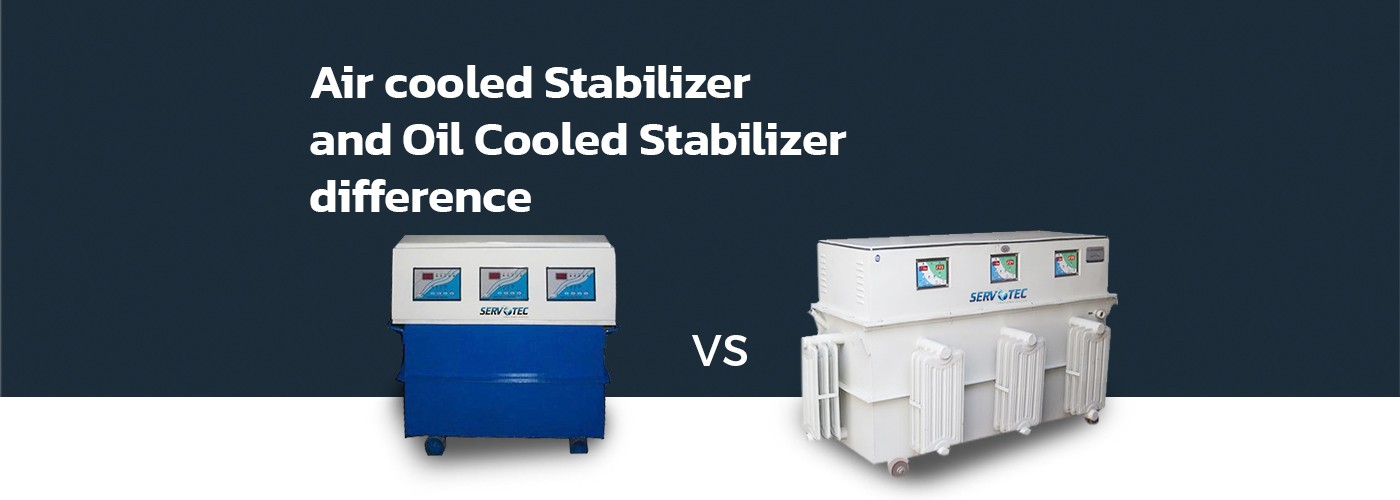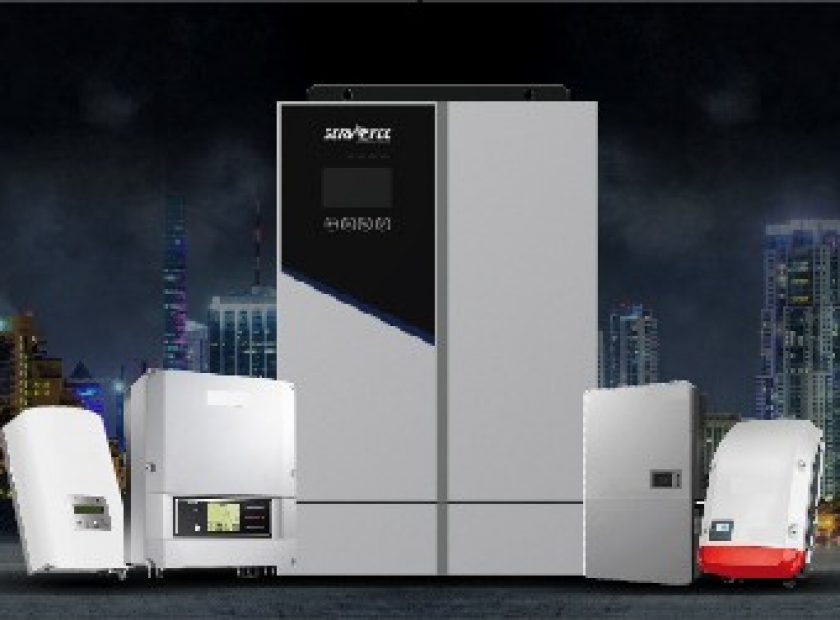The Ultimate Guide to Solar Panels For Home Installation

Many people believe that most solar-powered homes are completely off the grid. However, the vast majority of them collaborate with the local utility. When solar panels generate more energy than a residence requires – such as on a bright, sunny day – the excess is transferred back to the utility. When the panels produce less energy, such as during overcast days, solar panel for home uses the utility to get the power it requires.
Solar Energy: The Backdrop
All life on Earth depends on the sun’s energy, and humans have always discovered ways to harness it. The first silicon cell was created in 1954, and solar PV technology has been around since then. The efficiency of solar cells has increased from 4% to 14% by 1960.
Throughout the next decades, the solar energy industry continued to grow. Solar technology has advanced as a result of federal and state government funding in research and development, as well as regulatory frameworks for solar interconnections. Tax incentives, subsidies, and renewable energy mandates were all part of these measures.
Solar panel costs have dropped considerably in the nearly two decades since then, thanks to advancements in solar panel design and racking system improvements that make installations easier and faster to execute.
According to a report, worldwide net solar PV power generation climbed from 1,288 MW to 633,700 MW over the roughly two-decade period from 2000 to 2019.
Read Also: How Much Electricity Can A Single Solar Panel Produce?
What are Solar Panels and How do they function?
Solar panels are made up of solar photovoltaic (PV) cells that absorb sunlight and convert it to electricity. Multiple solar panels are joined to form a solar array in most setups. Solar cells, glass enclosure, back sheet, metal frame, and cabling to transmit power are all components of a solar panel.
The operation of a solar panel system is much simpler than most people believe.
The sun emits photons, which are tiny packets of energy that travel to Earth and shine in varied amounts on panels based on their orientation and the location of your home or company. When photons from the sun strike a solar cell, they break electrons loose from their atoms, converting the energy into electricity. These electrons are then directed to an inverter through a conduit.
Inverters change DC electricity into AC electricity, which is what we use for our lights, appliances, and devices (anything that gets plugged into a wall outlet). The AC electricity is subsequently sent to your meter to power your home or to the city’s grid.
When the sun isn’t shining and your panels aren’t converting solar energy to electricity, your home will continue to be powered by the grid. If your solar panel system creates more electricity than you need at any given time, the excess energy will be fed back into the grid. Many utility providers offer net metering policies that allow you to receive credit for any excess solar energy you create.
Solar Panels and Inverters
Inverter technology is another important component of a solar electric power system. Inverters are divided into three categories:
String inverter
Your solar system’s DC electricity is routed through a single inverter before being linked to your electrical panel. String inverters are the cheapest inverter option, but they make it difficult to examine individual panel performance issues.
Micro-Inverter
These are little electronic devices that are attached to the backs of each individual panel. These are more expensive, but they allow for panel-level monitoring.
Hybrid Solar System
A hybrid solar system combines a centralized inverter with power optimizers on each panel to provide a middle-ground option. Power optimizers are a type of DC-to-DC converter that optimizes performance by matching the output of each panel to the inverter. Micro-Inverters provide some of the same system performance benefits as this technology but at a lower cost.
Inverters provide features other than converting electric currents for our use, such as ground fault protection, energy production insights, and maximum power point tracking.
In Which Direction Should Solar Panels Be Installed?
Solar panels put on a regular pitch roof should ideally face south to maximize production. If your panels are facing southeast or southwest, they will create about 10% less power, but this may still be enough to power your home.
If you are unable to install your solar panels facing south, consider the following options:
Installing panels with a different orientation – Panels facing west or southwest may still be able to generate enough energy to power your home completely or partially. This is a decision that only your installation professional can make.
Installing more panels – While solar panels facing south will receive less direct sunshine, you may be able to compensate by installing more panels.
Installing solar panels on the ground or on a wall – It’s a frequent myth that solar panels may only be installed on your roof. If you don’t like the look of the system or if your roof doesn’t face south, you can mount it on a south-facing wall that gets direct sunshine. If you have the room, a ground-mounted system is also an option, and it’s often favored because it’s less expensive to install and maintain than a wall-mounted system.
To Help You Go Solar, Find a Trusted Solar EPC Solution Company
Going solar has various advantages, including increased energy independence and cost savings. It’s one of the wisest financial decisions you’ll ever make.
No matter where you live or which direction your roof faces, an expert, dependable solar EPC company can help you capture the power of the sun.
Solar technology will continue to progress in the future, making high-efficiency panels more accessible to the general public, and new systems will likely rely on materials other than or in addition to silicon. The potential for solar power is limitless, given that the amount of sunlight hitting Earth per hour is enough to power the entire globe’s electrical demand for a year.




